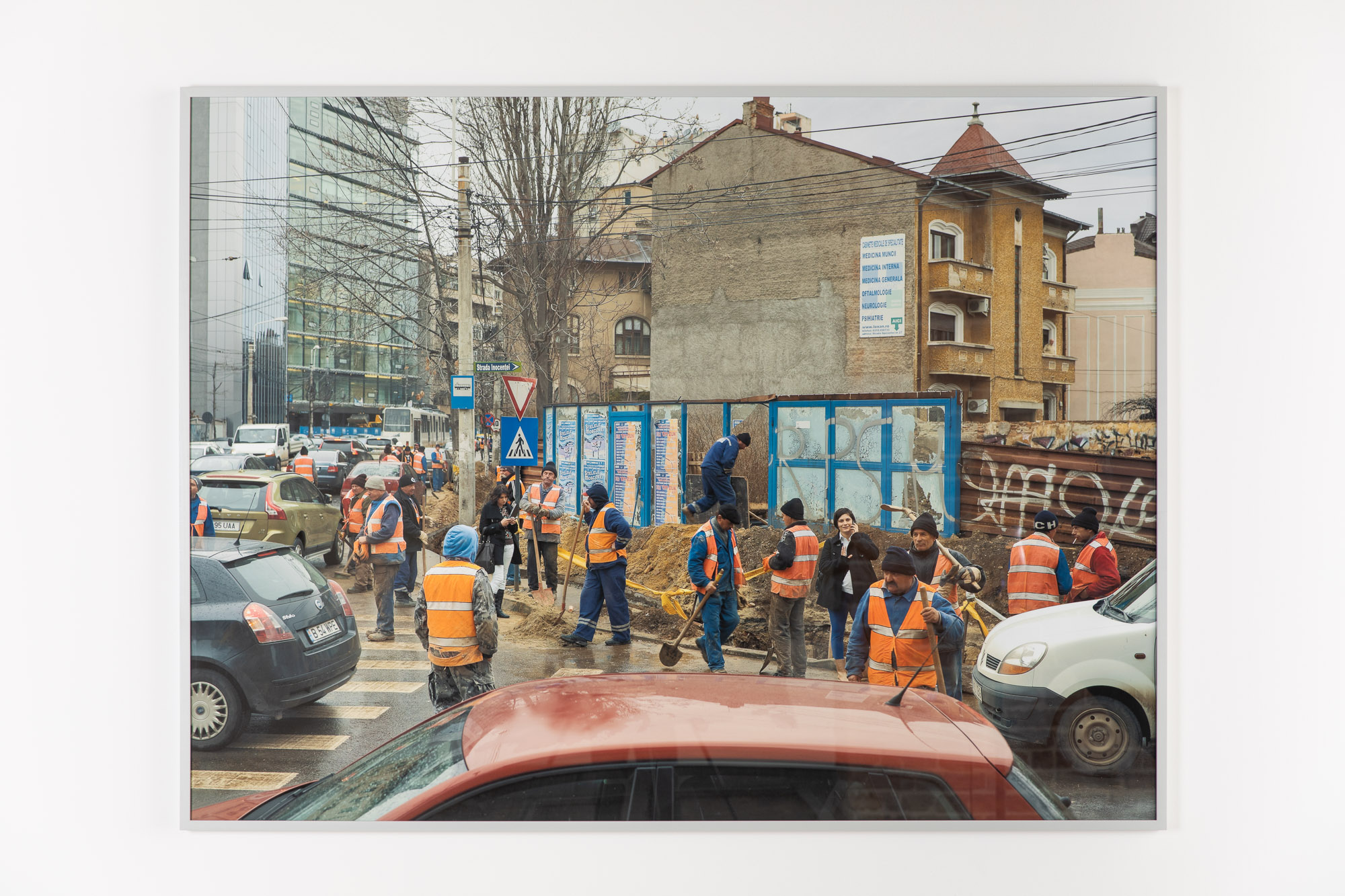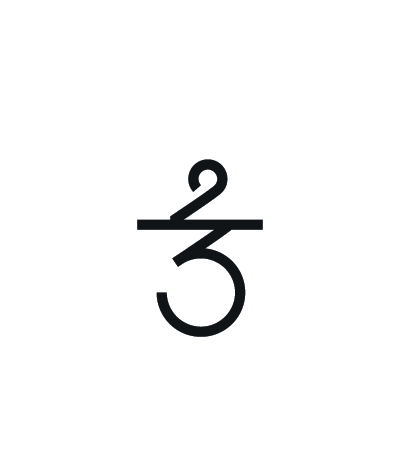2/3 GALERIA
SCULPTED SPACE
STR FRANCEZA NR 4 BUCURESTI RO
(BOOKSTORE & MORE)
2/3 gallery is a young art gallery founded in Bucharest, our aim is to promote contemporary art, focusing on photography and the photographic image. The exhibition space was opened on June 10'th , 2021 in Bucharest.
INFO@2PE3GALERIA.RO
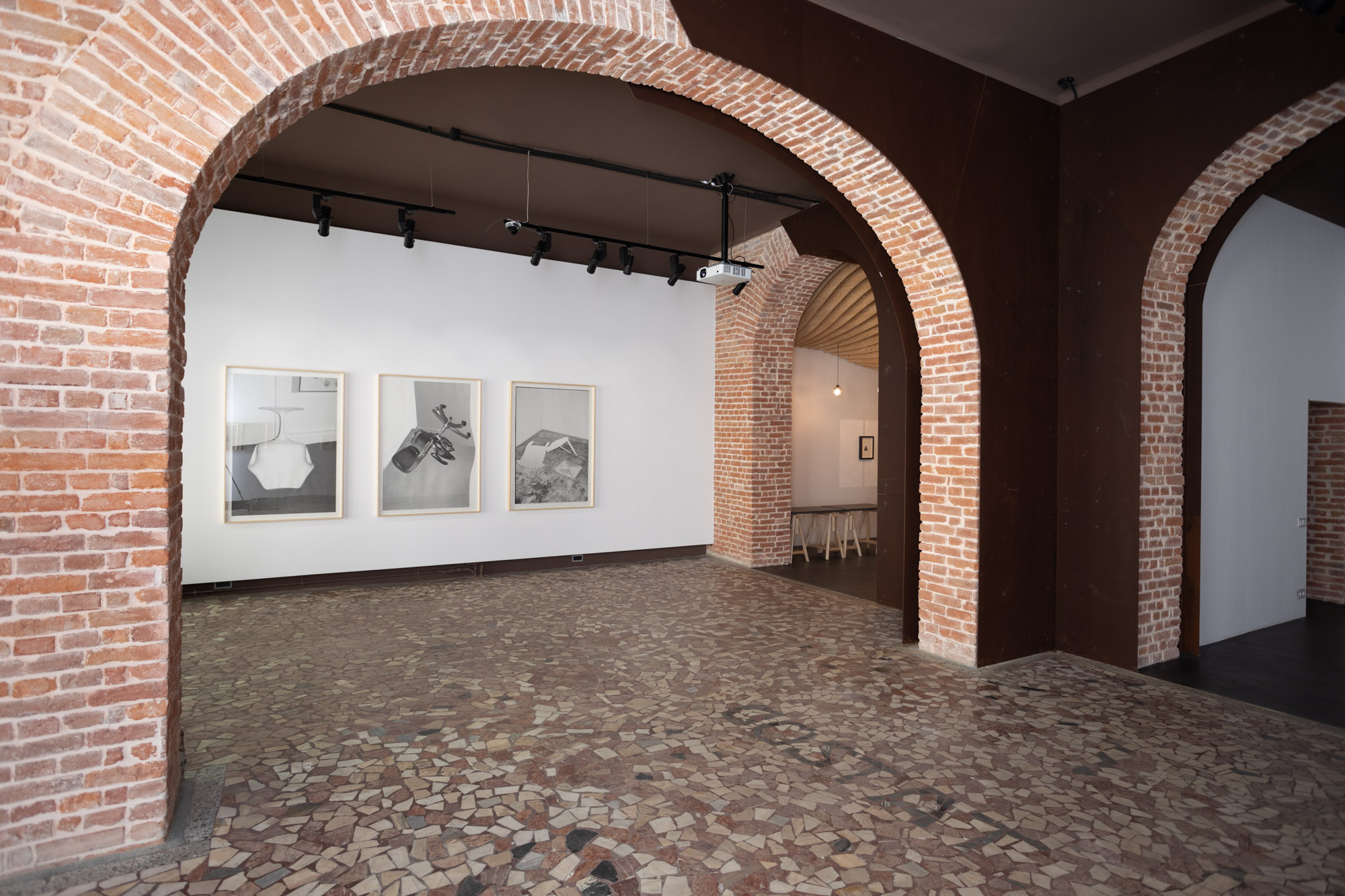
You can find us in the old town on Str. Franceza. Nr.4 Bucharest Romania.
OPENING HOURS:
Th-Fri: 17.00h-19.00h
Sa &Su: 12.00h-16.00h
CHIPS
On the 1st of March we are delighted to host a show that takes a closer look at the inner workings of the fashion world: the relationship between the models, the photographer and the modeling agencies. Chipping at the walls of the "fashion monster" as he calls it, aspiring talents usually need to follow an almost predefined set of steps to get their foot in the door. Șerban hijacks this ladder and assembles his own type of low-budget/high-impact structure through a series photographs .
The exhibition runs us through a 20sqm hoarder's flat used as a background for shooting different models, as well as peculiar details, and quiet objects, captured during three separate trips taken to the very same apartment in the city’s 19th arrondissement. Șerban creates set designs with stuff found in every room, exploits the clutter and turns it into a beautiful frame for the portraits, bringing depth and narrative to an otherwise dull comp card.
Șerban Andrei (b.1999, Bucharest, Romania) is an emerging photographer working around the fashion industry, with brief pitstops for experimentation in every other corner of the art world.Taking the trips and doing everything by himself - the calls and emails, carefully scheduling his shooting days in the short time visiting, managing a tight budget, they all bring out a meticulous and ritualistic way of approaching things.
All artworks is printed in a limited edition giclee prints, DM if intrested.
The exhibition is accompanied by an artist publication entiatled CHIPS, published by Papertraffic.

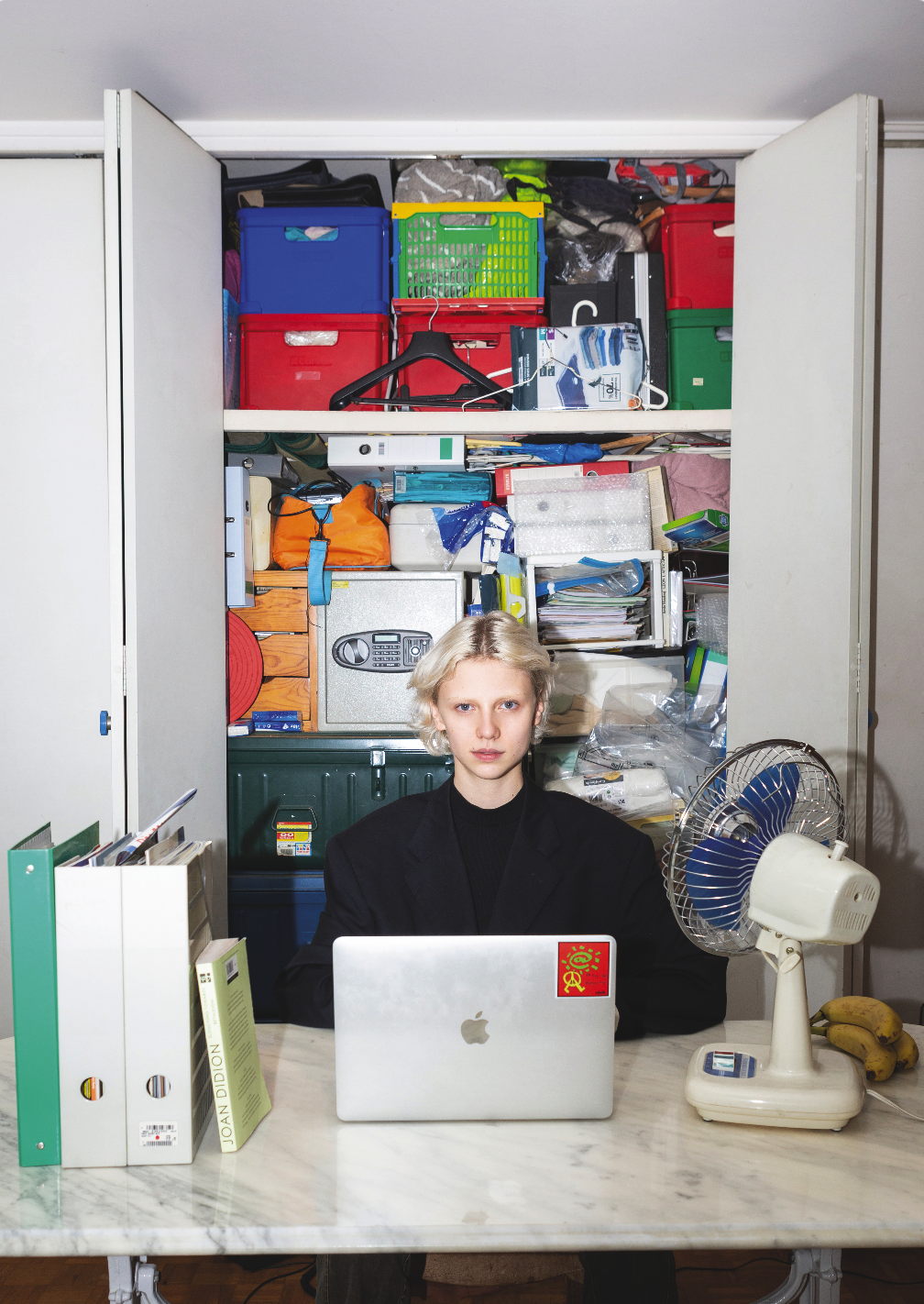


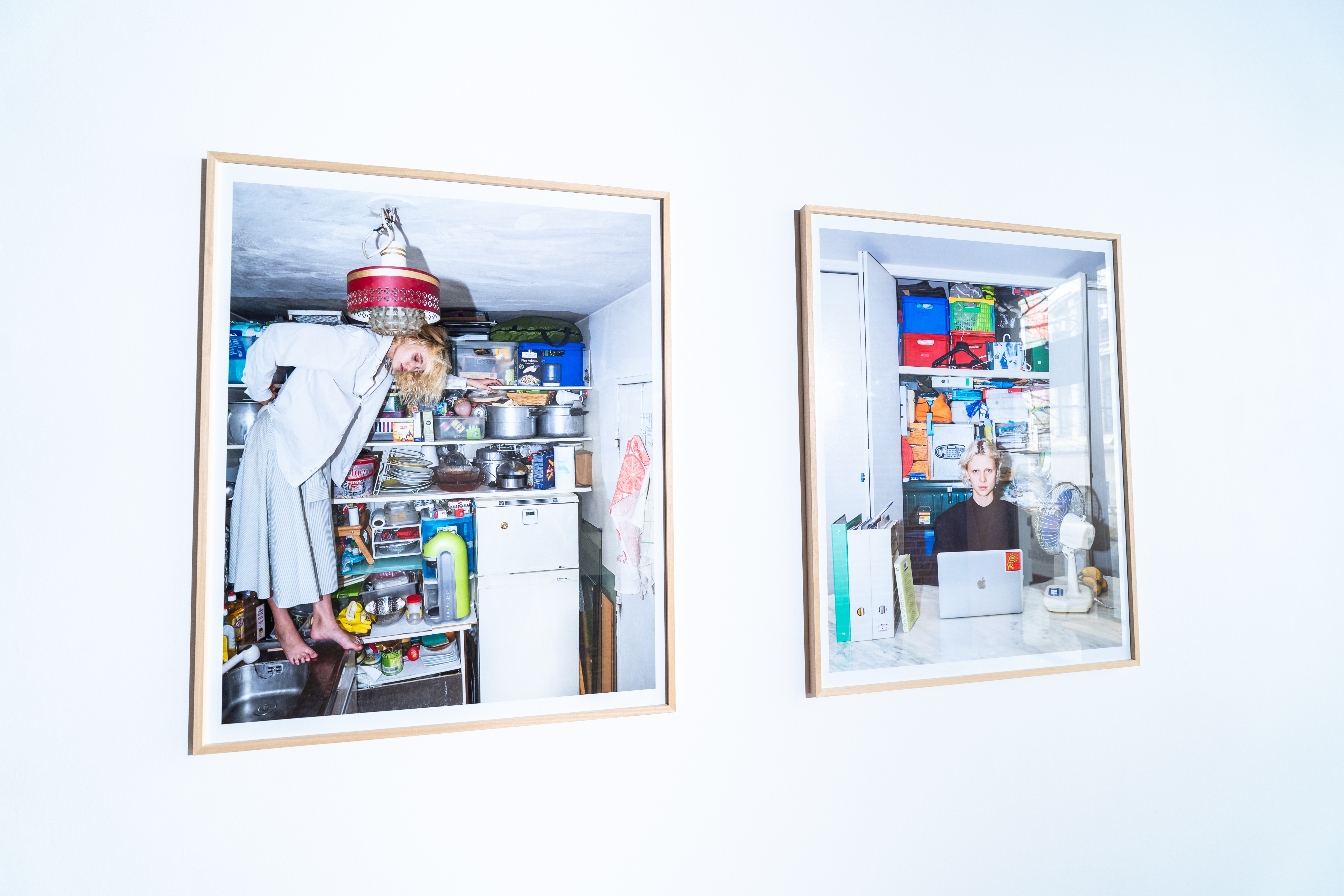
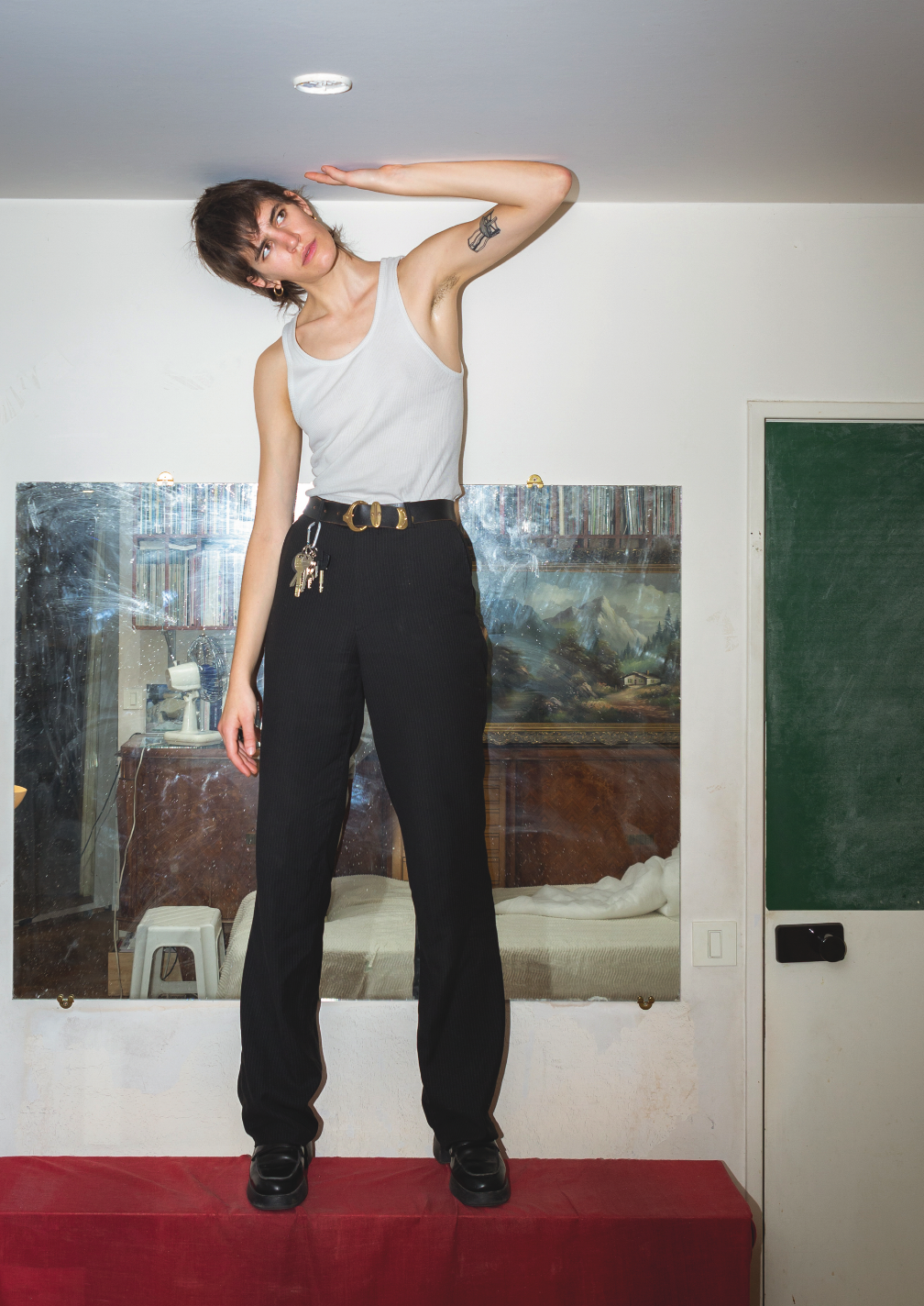





THE PHOTOGRAPHS
I WISH I’D TAKEN
The photographs Alexandru Paul "wishes he had taken" are, in fact, images he actually did take, though not in the conventional sense of capturing a moment from reality through the lens & shutter. These images are all photomontages representing public spaces from various places, embodying the architecture of the agora as a collective, simultaneous manifestation. Part of the "Hidden Stories" series (2008-2010), the works, presented in the post-pandemic context, gain a new significance as many of us have experienced a potentially irreconcilable shift in our perception of the public sphere.
For a country with a history steeped in propaganda and mass manipulation, ongoing, like the wound of hemophilia coloring a present of another political system that relies on the f low propagation of "images of desire", with is advertisement as a new standardized image alphabet, the photomontage emerges as a natural technique today. Unlike propaganda images that typically remove individuals, Paul's approach is integrative, merging compositionally rich scenes with subtle, everyday invasions that guide our relationships with the subjects. All the images in the final composition are taken from the same angle and within a narrow time frame to avoid the differences of light shades. The images rely rather on the elements specific to the composition of the medium of painting, in narrative themes like a genuine genre scene.
I prefer to call them images instead of photographs, being constructed and not mirrored, as happens on the surface of a camera sensor. The scenes are, otherwise, composed in the large quadrature of the monitor, not in the unmediated one of the viewfinder. Two different balls in the air, 2 dogs ready to sniff eachother, soap bubbles on the left and the patriotic fire on the right, are tropes taken from one of the images in the series. Outstretched arms that guide our vanishing point outside the frame, children encircling in a veritable "figura serpentinata" movement, a character from early 2000s ready to give up, with the chin in his chest – are elements of other compositions. We are talking about a homogeneous typology of photomontage in which only a few fragments are used to form scenes charged with strangeness.
Historically, the relationship between photography and painting has been contentious, evolving from imitation and camouf lages to a specific differentiation with the advent of modernism, and finally to a symbiotic, intermedia discourse following the rapid advance of advertising and television in the 60s. Photomontage, developed as a technique for commercials in the 1890s, was artistically embraced by Dada and other avant-garde movements, emphasizing discrepancy over seamless transitions common in post-war artistic practice. Back in those days, the accent was put on the discrepancy, rather than on the sinuous passage that hides the cut, as happens in post-war artistic practice. Alexandru Paul's works come precisely from here, from a strategy in which all the historical techniques of montage are reversed, replacing disjunction with narrative and discontinuity with a constructed homogeneity.
Albert Renger-Patzsch's concept of "photographed photography" ref lects the tension between compositionally and structurally perfect images championed by the Neue
Sachlichkeit. Similarly, Paul's images, more than mere "photographs he would have wanted to make," are like this, suggesting an imminent, significant event, always outside the frame and inaccessible to the viewer. This unnamed tension between the objectively real and subjective interpretation permeates his work, sometimes in suspense as here, other times more conceptually, as in "The Mirror and the Camera."
These works pose a difficult question: are they documentary? In their three spatial dimension, they are truthful — those figures were there, performing those actions. However, what betrays them comes from the 4th dimension, the temporal one. Yes, all elements were in the frame, but not simultaneously, suggesting new relations and (non)events. Thus, Paul's practice can be termed meta-documentary, as he similarly approached in the "Posh Slums" series, framing negligible and disturbing elements of vernacular urban architecture within the grand tradition of architectural photography.
Words by Horațiu Lipot
